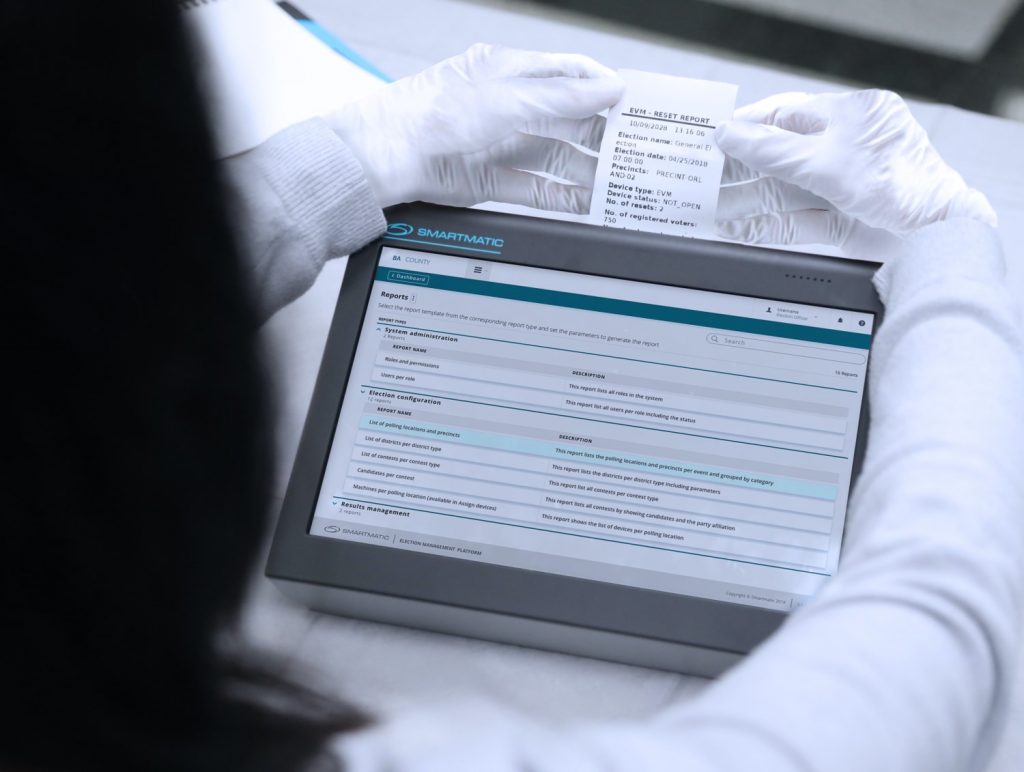
This pandemic has affected the daily life of citizens worldwide. We are months into the situation, which is as good a time as any to ask ourselves, “how much longer is this situation going to last, and what comes next?” Beyond speculation, there is consensus that until we discover a vaccine or an effective treatment we will not return to normal in terms of meetings and social interactions.
Ian Bremmer, president and founder of the Eurasia Group, recently projected that social distancing measures that exist at varying levels around the world will last at least 15 to 18 months. By Bremmer’s estimate, we may find ourselves in this situation until the middle of next year.
The new reality poses a major challenge to elections organizations. The planning horizon for elections activities will go from weeks to months. How then should election officials move from a strategy of postponement, which is a valid strategy in the short term, to a strategy of adaptation and preparation for conducting elections in the current context?
Although remote online voting and remote identity verification are viable methods to ensure the continuity of elections while complying with social distancing, not all countries have the capacity to change their voting methods so drastically.
Without a doubt, countries will most likely continue to offer in-person voting options in addition to other voting channels. Thus, in-person voting processes must be made safer and simpler.
Based on our global experience in elections, we have identified almost three dozen instances of risk in election processes. These processes include essential preparation and staging to Election Day and through tabulation and results reporting.
Here are some short-term steps election commissions should consider safeguarding the health of poll workers and their voters.
- Extended Site Survey
Collect information from traditional voting centers to assess which spaces meet the criteria to implement the hygiene measures recommended by the WHO. Considerations include the dimensions of each voting location, the flow of voters through the registration and balloting process, and other steps to guarantee minimum distances can be maintained between voters and poll workers. This analysis may show that space can simply be reorganized or that an entirely new site must be used. There are technological tools to make this work more efficient.
- Selection and remote training of personnel
Make much more active use of tools that allow virtual training, and even remote assessment for search and selection of personnel. To reduce costs and time, some countries have already successfully incorporated technologies in their search and selection protocols, and later in the training and education processes.
- Registration and contactless verification
Technology platforms that reduce contact can be used in the identity verification and registration processes, which traditionally require interaction or physical exchange of materials. Today there are digital identification and authentication mechanisms that use biometric validation that can be integrated with voter databases. These can be expanded to the voter authentication processes; registration of parties and candidates; and registration and accreditation processes for observers, the press, witnesses, prosecutors, electoral workers, among others.
- Definition of operation protocols
To ensure in-person voting is as secure as possible, processes and products are recommended to minimize risks in voting centers, counting centers, and warehouses. Election organizations must include best practice protocols based on scientific studies in their electoral sessions. Plans may include awareness campaigns, personal protective equipment (PPE), automated disinfection units, and live monitoring to validate compliance with protocols.
- Disinfection of spaces and electoral material
The disinfection of spaces is no longer limited to the health sector. Today, sanitizing working environments is the number one priority for every industry. There are already proven mechanisms to disinfect places where there is significant exposure to contagion: from ballot printing warehouses, distribution, and reception of electoral kits, to voting centers and ballot and results in processing centers. Technology even allows ballots and voting materials to be disinfected.
Today more than ever, well-designed technologies play a crucial role in helping governments continue their election processes. SARS-CoV-2, the virus that causes COVID-19, has forever changed the way the world thinks and operates. In the face of the crisis, all sectors unite in one single thought: protect people’s health and maintain the stability and productivity of economic activity.